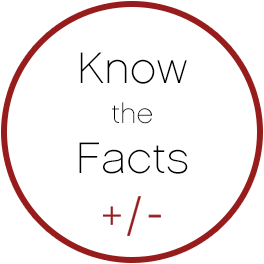KEY AFFECTED POPULATIONS, HIV AND AIDS People who belong to key affected populations (KAPs) are people who, for one reason or another, are more vulnerable to HIV infection. This could be because they engage in high-risk behaviours such as injecting drugs, or because they are marginalised by society and fearful of accessing HIV services. An effective response to the HIV epidemic requires that these groups are targeted by HIV prevention programmes with information and services that are specific to them.

Men who have sex with men (MSM)
Homosexual acts are illegal in more than a third of countries, preventing men who have sex with men (MSM) from accessing HIV services.
People who inject drugs (PWID):
14% of all people who inject drugs are living with HIV. People who inject drugs are repeatedly denied access to harm reduction programs.
Sex workers
Sex workers are 12 times more likely to be living with HIV than the general population and are difficult for HIV services to reach.
Transgender people
Being transgender is strongly associated with stigma and discrimination. Transgender people also lack access to tailored HIV services.
Prisoners
Incarceration increases HIV vulnerability, especially when prisoners engage in high-risk behaviors like injecting drugs.
Women and girls
Women are often vulnerable to HIV due to unequal gender relations which affects their ability to negotiate condom use.
Children
160,000 children became infected with HIV in 2016, the majority of which were from mother-to-child during pregnancy or breastfeeding
Young people and adolescents
Young people are a priority for HIV prevention messages because it’s most effective to change behavior before sexual debut.
People with disabilities
There is growing evidence that people with disabilities are likely to be at higher risk of HIV infection than able-bodied people.

